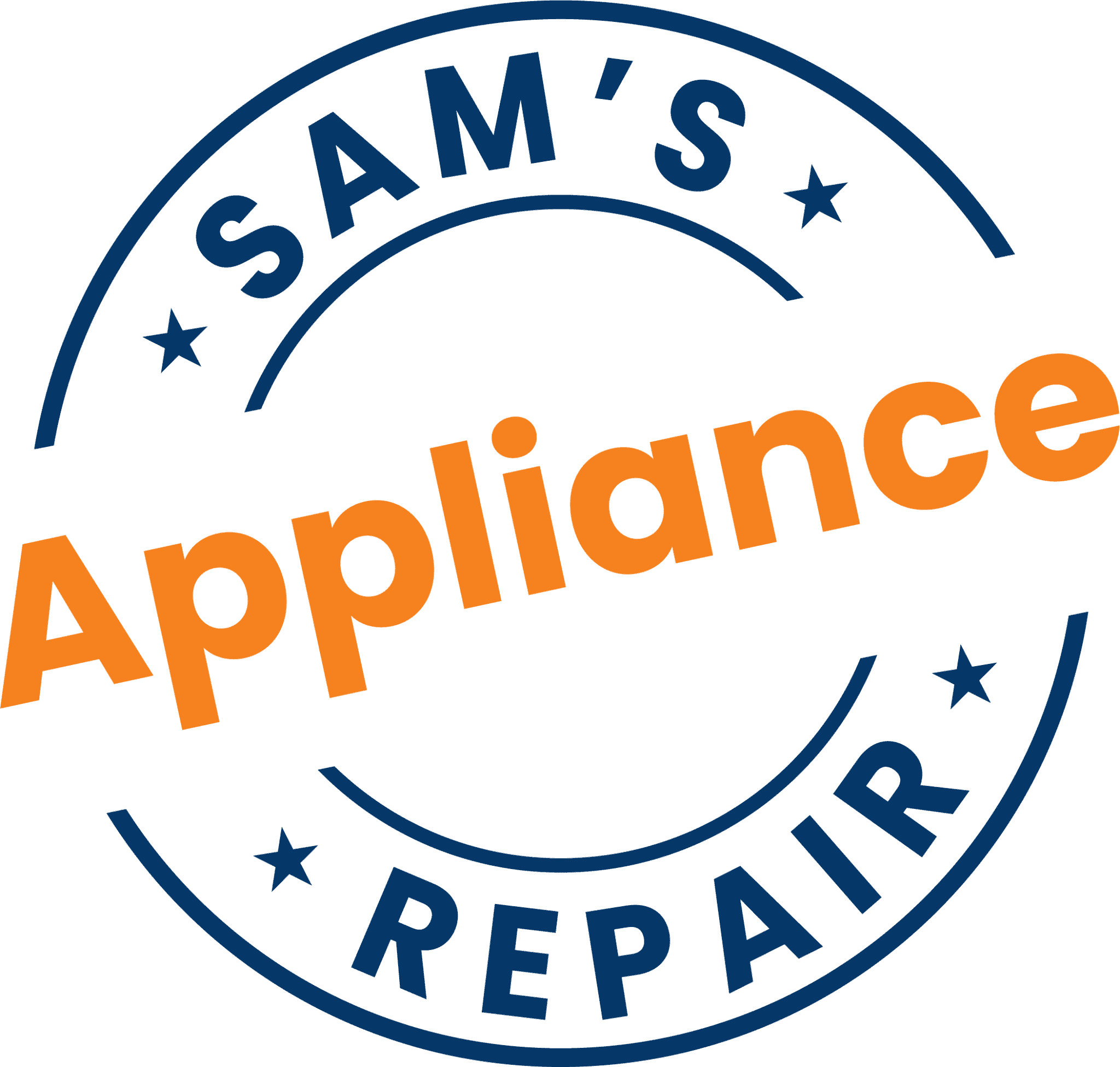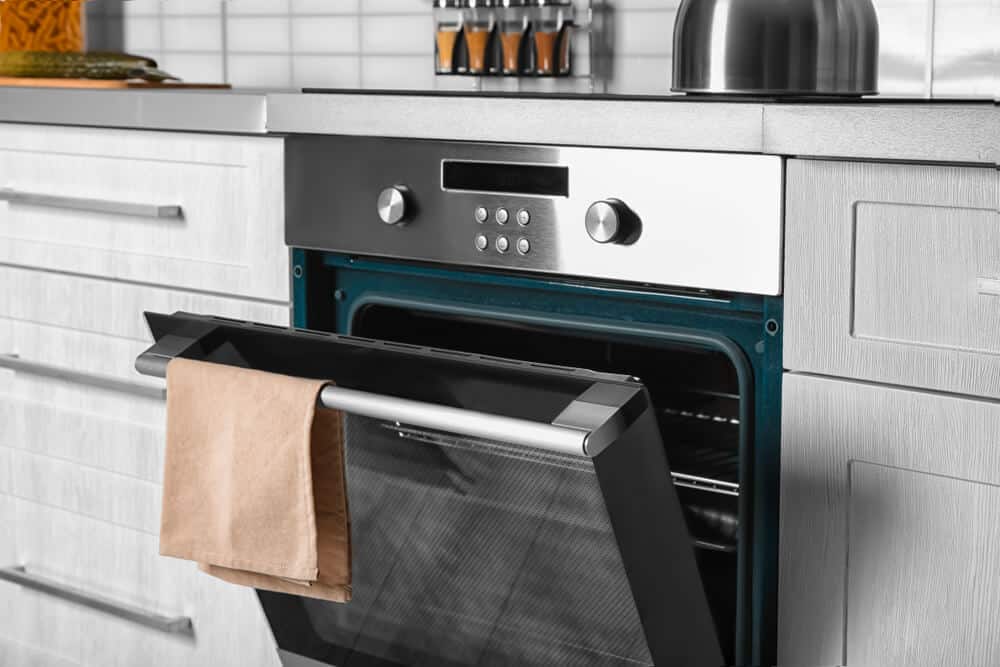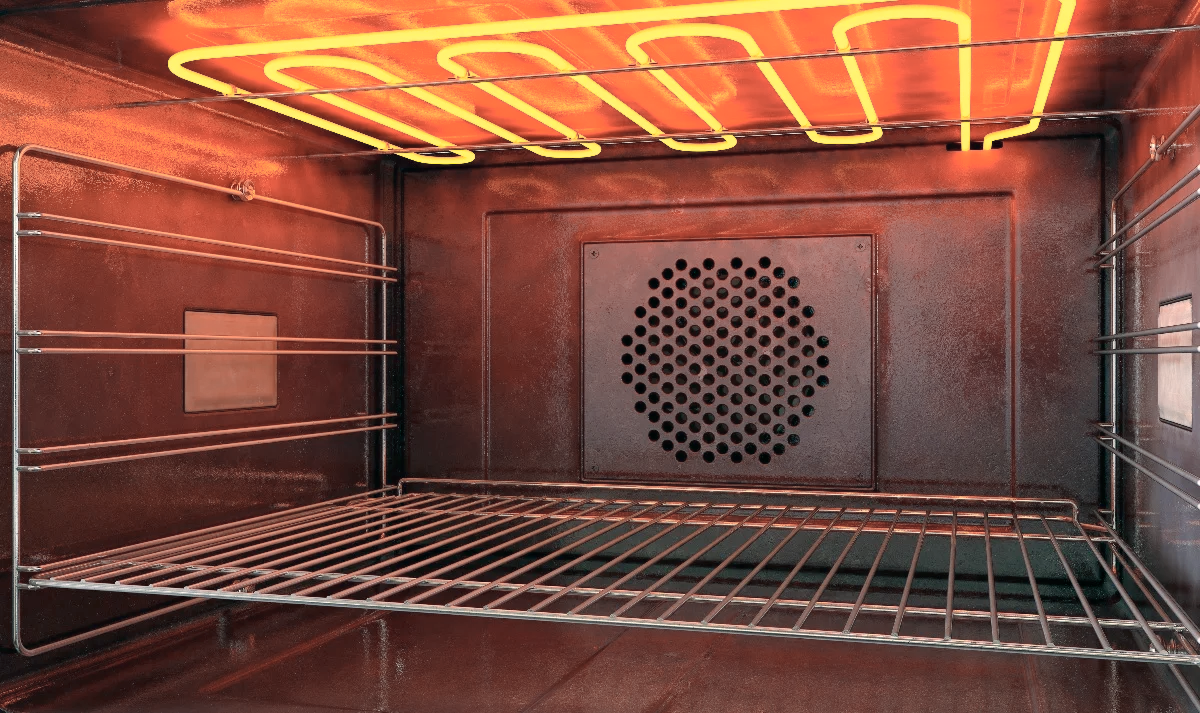Oven Troubleshooting Tips
Ovens play an indispensable role in our daily lives, serving as the heart of the kitchen where meals are crafted and favorite dishes are baked. So when problems arise with your oven it can be a source of significant frustration, disrupting daily routines and meal plans. If you’re facing issues with your oven not heating properly, there are several steps you can take to diagnose, and potentially resolve, the issue yourself before calling a professional like Sam’s Appliance Repair.
In our latest blog post, we’ll guide you through simple troubleshooting techniques for both electric and gas ovens to help you determine when it’s time to seek professional help.
General Oven Troubleshooting
If you start noticing your oven isn’t working as it should, there are a few simple troubleshooting steps you can take, regardless of whether you’re using an electric or gas oven.
Check Your Oven Settings
Oven settings can significantly impact the functioning of an electric oven. Incorrect settings or misconfigurations can lead to issues that may seem like malfunctions but are actually due to user error or a misunderstanding of how these settings work. Always refer to your owner’s manual to ensure you understand your oven’s settings. Common settings to look at include:
- Temperature Setting: If set incorrectly, the oven may not reach the desired heat level. Some ovens also have a wide temperature range, and selecting the wrong temperature can result in undercooked or overcooked food.
- Bake vs. Broil Settings: Confusing these can lead to improper cooking. ‘Bake’ uses the bottom element to provide even heating, while ‘Broil’ uses the top element for high heat that comes from above.
- Convection Mode: Convection cooking uses a fan to circulate hot air, cooking food more evenly and sometimes faster. If your oven has a convection setting and it’s turned on or off mistakenly, it can affect cooking times and results.
- Timer and Delay Start: Misusing the timer or accidentally setting a delay start can prevent the oven from turning on when expected. We’ve seen this mistaken for a malfunction on more than one occasion.
- Self-Clean Function: If the oven is set to self-clean, it will lock and heat to very high temperatures. Starting this mode by accident can cause temporary unavailability of the oven for cooking.
- Child Lock Features: Some ovens have a child lock feature for safety, which, when activated, can restrict oven operation.
Check the Oven Door and Seal
Many modern ovens are built with safety features that won’t allow the oven to turn on if the door is ajar. Do a quick check just to make sure your oven door is closing properly and the seal is intact.
Check Your Oven’s Calibration
If you set the appropriate temperature, but food still isn’t being cooked properly, you may have a calibration issue. First, make sure your oven is set to the appropriate calibration (Fahrenheit or Celsius). If you confirm your calibration is correct, but your oven still isn’t heating, you can double-check your oven’s calibration by inserting a stand-alone thermometer like this one on Amazon.
Consult the Manual
Even as professionals who repair ovens daily, we find ourselves consulting owner’s manuals regularly and we recommend you do the same. Often your oven’s manual can be a valuable resource for troubleshooting.
Troubleshooting Electric Ovens
Electric ovens are common in many of the households we service, making up roughly 60% of our oven repair calls. They’re often preferable due to their ease of installation, safety features, and efficiency. Whether you have an electric Bosch oven not heating properly, a Whirlpool oven that doesn’t turn on, or anything in between, these troubleshooting tips will help you triage your faulty electric oven.
Check the Power Source
Often, especially after events like a storm or power outage, the reason your oven may not be getting warm could be a power supply issue. As a first step, ensure your oven is plugged in and check your home’s electrical panel for any tripped breakers or blown fuses.
Inspect the Heating Elements
Faulty heating elements are one of the most common causes for an electric oven to fail. That’s because, over time the heating elements in electric ovens can wear out, especially with frequent use. In our experience, it’s not uncommon to replace heating elements more than once over an electric oven’s lifespan.
Look for any visible damage to the bake (typically located in the bottom of the oven) and broil elements (typically located in the top of the oven) and test them by turning the oven on.
Troubleshooting Gas Ovens
Gas ovens make up about 30% of our oven service calls. Our customers love them for their quick heating and precise temperature control. However, like any appliance, they can experience issues that affect their performance. When you have an oven igniter issue or inconsistent heating, these troubleshooting tips will help you know when it’s time to call a professional appliance repair company.
Check the Gas Supply
If your gas oven isn’t heating, a good first step is to confirm gas is making its way to the oven by checking it at the source. Make sure your gas connection is intact and also take a look at any other appliances in the home that use gas. Are they having issues, too?
Inspect the Igniter
Unlike electric ovens with a heating element, gas ovens have an ignitor that lights up to provide heat. Turn your oven on and watch to see if the ignitor properly ignites that gas.
When to Call a Professional to Fix Your Oven
If you’ve gone through the basic oven troubleshooting steps we’ve suggested in this article and are still having trouble with your oven, it’s best to call professionals like Sam’s Appliance Repair. We’ve serviced thousands of ovens over the years and will quickly diagnose your issue and suggest the proper course of action. If it’s not economical to repair your oven, we’ll tell you, and offer a replacement from our parent company, Grove Appliance.
And always remember, a well-maintained oven is the key to good performance and longevity. Regular cleaning and timely repairs will give you the most life from your appliances.


